Apple, Samsung sued over phones that release excessive radiation
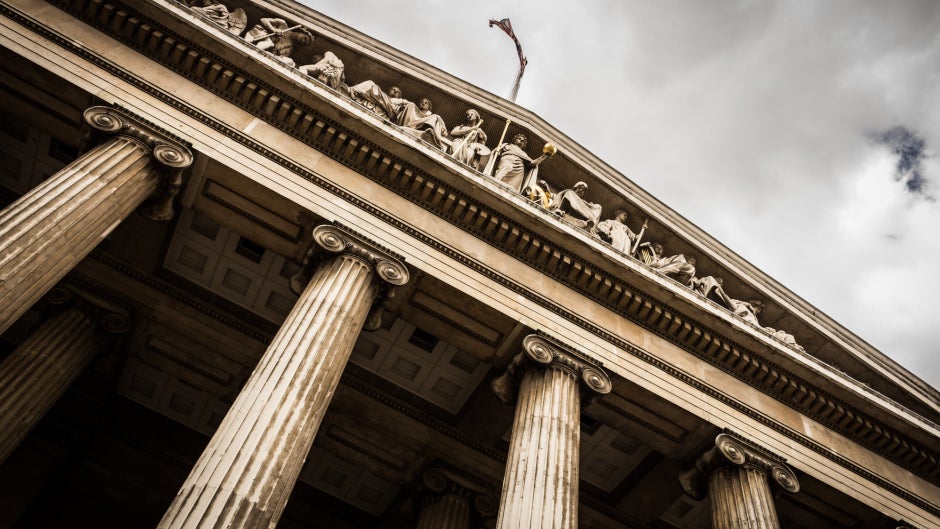
Back in August, the Chicago Tribune published the results of an investigation that showed RF radiation levels from four Apple iPhone 7 units it tested surpassing the legal limit. In addition, the investigation showed that this figure was more than twice the amount that Apple's testing came up with. This issue isn't limited to the iPhone; the Samsung Galaxy S8's test result was positively scary. The FCC limit on radiation is "1.6 watts per kilogram averaged over one gram of tissue." The amount of radiation generated by the Galaxy S8 from a distance of 2mm away was a shocking 8.22W/kg. This means that a Galaxy S8 user placing the phone in his shirt or pants pocket could expect to receive more radiation than recommended by the government.
At 2mm, most of the 11 phones tested by the paper exceeded the legal limit. But manufacturers were able to slide by thanks to a loophole. When the legal limits were being created in the 1990s, most people wore their phones on a belt loop 25mm away from their skin and so that distance became the standard for testing. And today, a press release issued by consumer-rights law firm FeganScott states that two separate class-action suits against Apple and Samsung are being consolidated into one suit that was filed Thursday in U.S. District Court in the Northern District of California, San Francisco Division. The legal action asks that the court order the defendants to pay for medical monitoring and an unspecified damages amount.
29% of American teens sleep with their phone in the bed with them
The suit was filed after the law firm hired an FCC-accredited lab which confirmed that the radio-frequency (RF) radiation from popular Apple and Samsung phones exceeded legal limits when the devices were used following the manufacturers' directions. The managing partner of FeganScot, Beth Fegan, is the attorney of record. She says that phone manufacturers like Apple and Samsung need to take responsibility for misleading consumers about the amount of RF radiation that is released by their handsets when they are close to their skin.
"Apple and Samsung smartphones have changed the way we live. Adults, teenagers, and children wake up to check their email or play games and do work or school exercises on their smartphones. They carry these devices in their pockets throughout the day and literally fall asleep with them in their beds," Fegan said. "The manufacturers told consumers this was safe, so we knew it was important to test the RF radiation exposure and see if this was true. It is not true. The independent results confirm that RF radiation levels are well over the federal exposure limit, sometimes exceeding it by 500 percent when phones are used in the way Apple and Samsung encourage us to. Consumers deserve to know the truth."
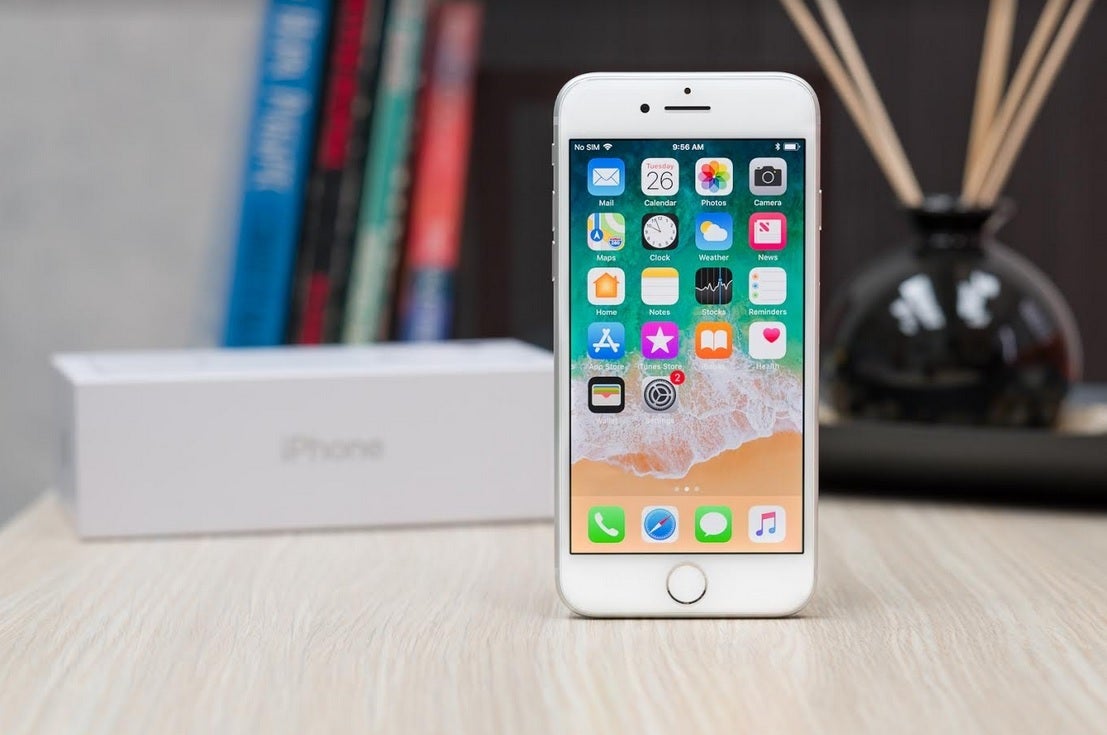
At a distance of 0mm, the RF radiation released by the iPhone 8 was five times the legal limit
The press release noted that at a distance of 2mm, both the iPhone 8 and Galaxy S8 released RF radiation at twice the legal limit. At 0mm, the radiation emanated by the iPhone 8 was five times the legal limit while the Galaxy S8 released three times the legal limit at that distance. Other phones tested by the FCC-accredited lab included the iPhone 7 Plus, iPhone 8, iPhone XR, Galaxy S8, Galaxy S9, and Galaxy S10.
The reason for urgency in this matter is that research from Pew indicates that 96% of Americans own a cellphone and 81% sport a smartphone. Even more concerning, 29% of American teens sleep with their phones in the bed with them. "Smartphone owners across the country deserve to know that the RF radiation levels from smartphones when touching the skin or used close to the body may be unsafe," Beth Fegan noted. "The emails and calls from concerned consumers have increased as more research comes to light, and it is our goal to show that Apple and Samsung were aware of the alarmingly high radiation levels when their products arrived on the market."
Follow us on Google News

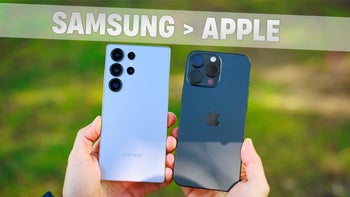
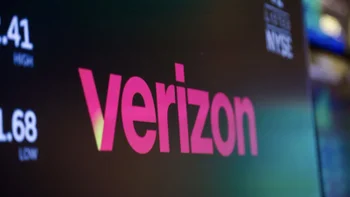

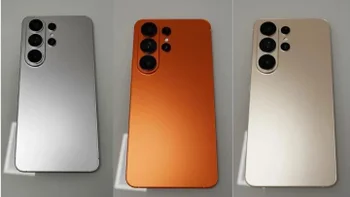



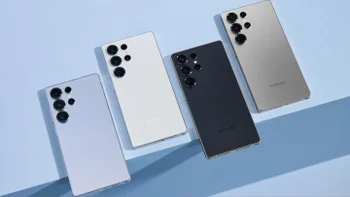

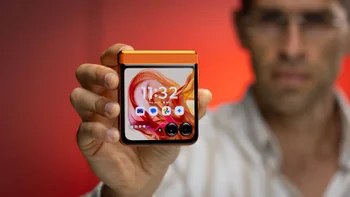
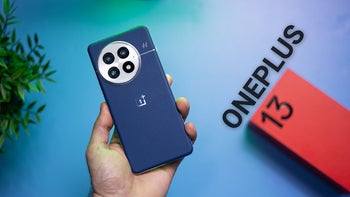
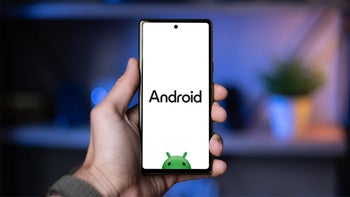
Things that are NOT allowed:
To help keep our community safe and free from spam, we apply temporary limits to newly created accounts: